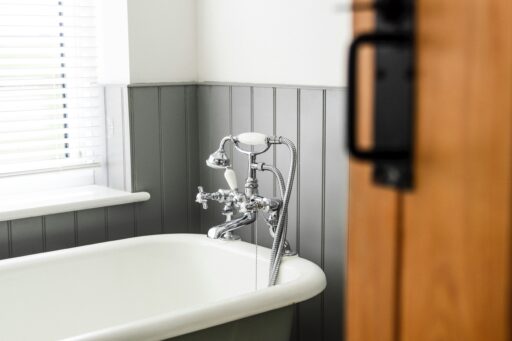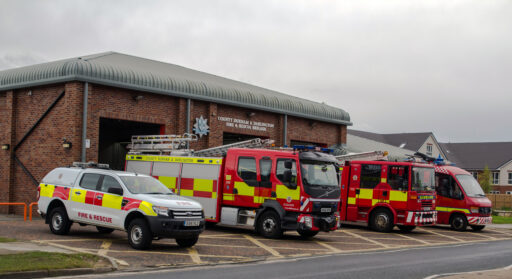By definition, a pump is a device that moves fluids by mechanical action. The form which this mechanism takes is becoming more and more diverse. We are all familiar with central heating pumps and shower pumps, but pumps are increasingly being used to save lives across the globe, thanks to the latest technology. From people suffering from heart problems in the UK, to those struggling with respiratory problems in Malawi, pumps have been able to grant them all a new lease of life.
Preventing death from waterborne diseases
In many areas across the world, people do not have access to clean, safe drinking water. Often dependent on a single body of water, residents often have no choice but to consume contaminated water plagued with disease. Inevitably, this leads to countless deaths from diarrhoea, dysentery, typhoid and cholera.
That is why it is so important that wells are built to provide safe drinking water. Fresh water can be transported up to ground level from hundreds of feet below using submersible pumps, providing residents with water they can consume without risking death.
Saving those that are too ill to undergo a heart transplant
A research programme headed by world renowned heart surgeon, Sir Magdi Yacoub, has made huge strides towards saving the lives of those who would otherwise die waiting for heart transplants from cardiomyopathy. Instead, a 3 by 5 inch pump is implanted into the abdomen and attached to the left ventricle. Deputising for the failing left ventricle, the HeartMate 2 allows the heart to continue to pump fresh blood around the body.
While the heart is bolstered by the pump, the patient is given high doses of heart failure drugs that the diseased heart would not otherwise be able to cope with. Many patients, who were so ill that they were taken off the heart transplant list, were able to make a full recovery thanks to this pump without even having to undergo a transplant.
Innovations that are saving people in the developing world
In the developing world, conventional medical technology is invariably too expensive to procure. Fortunately, researchers at world leading universities like Rice and MIT have created viable, cost-effective alternatives for those in developing countries in desperate need of medical assistance.
Bicycle pump nebuliser
One such example is the spawn of MIT’s Innovations in International Health; a nebuliser constructed using a bicycle pump. For the unfamiliar, a nebuliser provides emergency relief for patients suffering from respiratory diseases. The bicycle pump replaces the air compressor of the nebuliser, and allows it to run in the absence of electricity, making it a more cost-effective and versatile replacement.
Fish tank pump CPOP machine
Another example of innovation at its finest is the fish tank pump that is being used to ensure the survival of premature new-borns in developing countries. Researchers at Rice University have created a functioning Continuous Positive Airway Pressure machine for a tenth of the price – using only a box and a fish tank pump. Trialled in Malawi, the device had an immediate impact, the survival rate of premature babies jumped from 43% to 71%.







